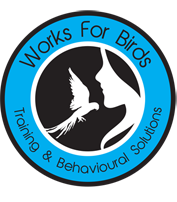What Is Feather Destructive Behaviour?
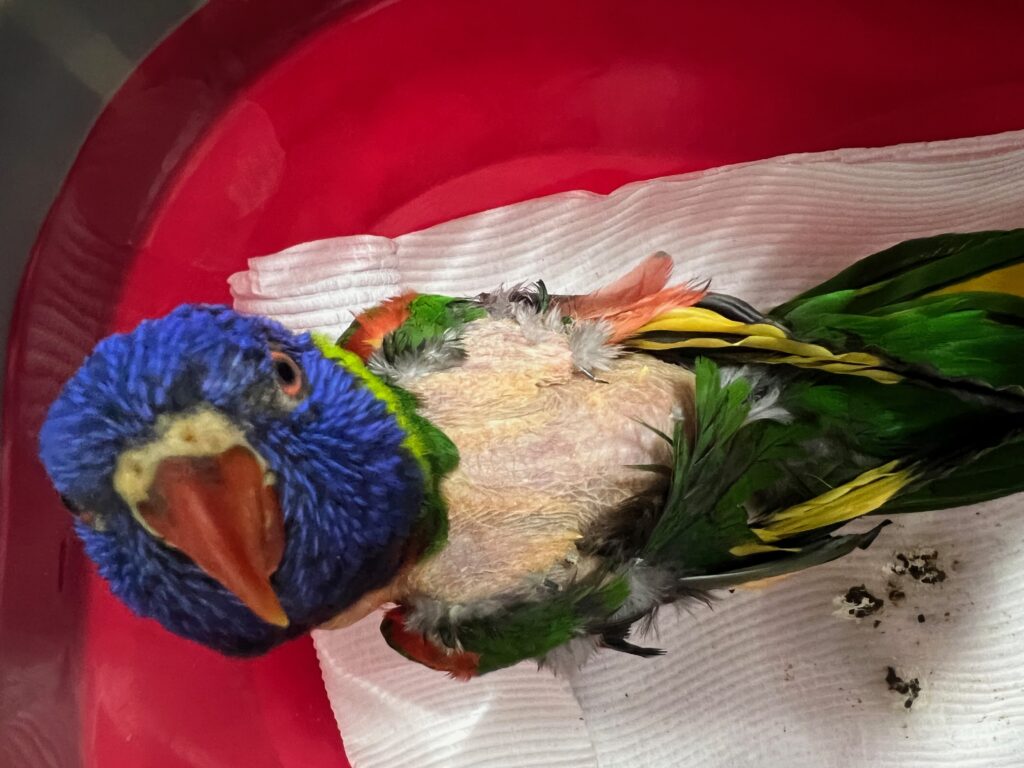
Feather Plucking | Feather Destructive Behaviour | FDB
Feather Destructive Behaviour occurs when a bird is intentionally damaging or removing feathers (usually but not always their own). There are multiple different types of feather destructive behaviours and it helps to identify exactly what type of destructive behaviour your bird is actually doing.
Feather Destructive Behaviour is NEVER simple and despite what is regularly said on the internet, it's not usually due to a bird being abused or bored. Often these birds live with the most dedicated human carers who are desperate to help their bird.
If your bird is destroying its feathers, it is essential you seek professional help sooner rather than later. It is a lot easier to treat FDB before the damage becomes permanent. In the meantime, read the below and become familiar with the different types of FDB that occur so that you can recognise what might be happening with your bird.
It's worth noting that the area of the bird's body where the plucking starts can give you clues as to the underlying cause. The speed, timing and frequency of plucking behaviours is also relevant. If unsure, it's worth putting your bird under video surveillance so that you can get a clearer idea of what is going on.
Types of Feather Destructive Behaviour
Plucking (Including Shaft) Until A Bald Patch Appears
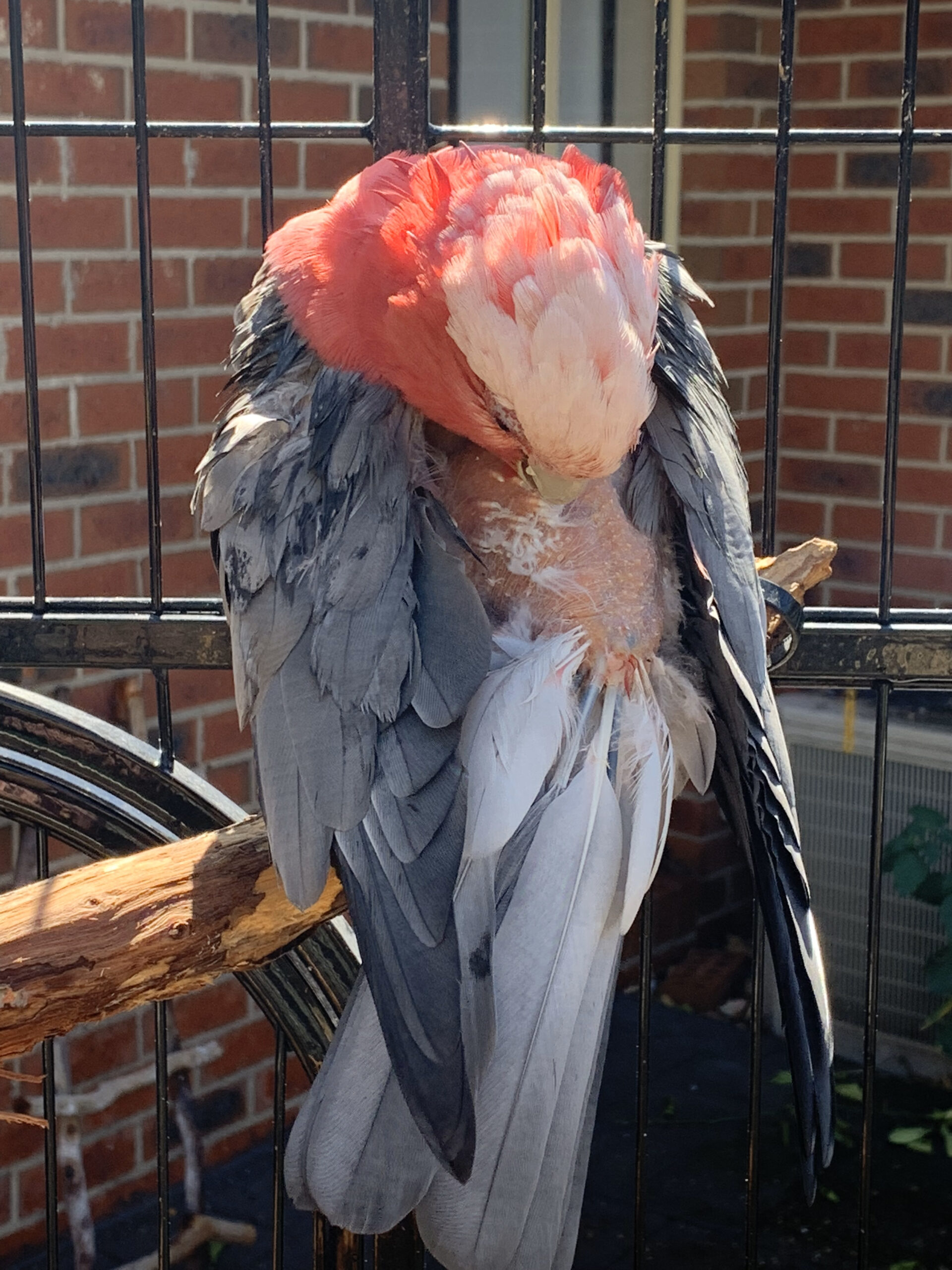
Plucking until a bald patch appears, is possibly the most common presentation of feather plucking that vets see. This is the most recognisable version of FDB and unfortunately, that is usually due to it being the most advanced form. In this situation, a bird is pulling feathers out, including pulling out the entire feather shaft, leaving nothing behind. Initially, a feather will regrow where the feather was pulled from. Unfortunately though, repeated plucking from the same feather follicle, can damage the follicle and feather regrowth will stop happening. Leaving a bird with permanent bald patches that aren't reversible.
Birds often manage to hide this sort of damage across their back under their wings. By the time owners realise their bird is plucking, these follicles are often already damaged.
Biting off Feathers, Leaving Shaft
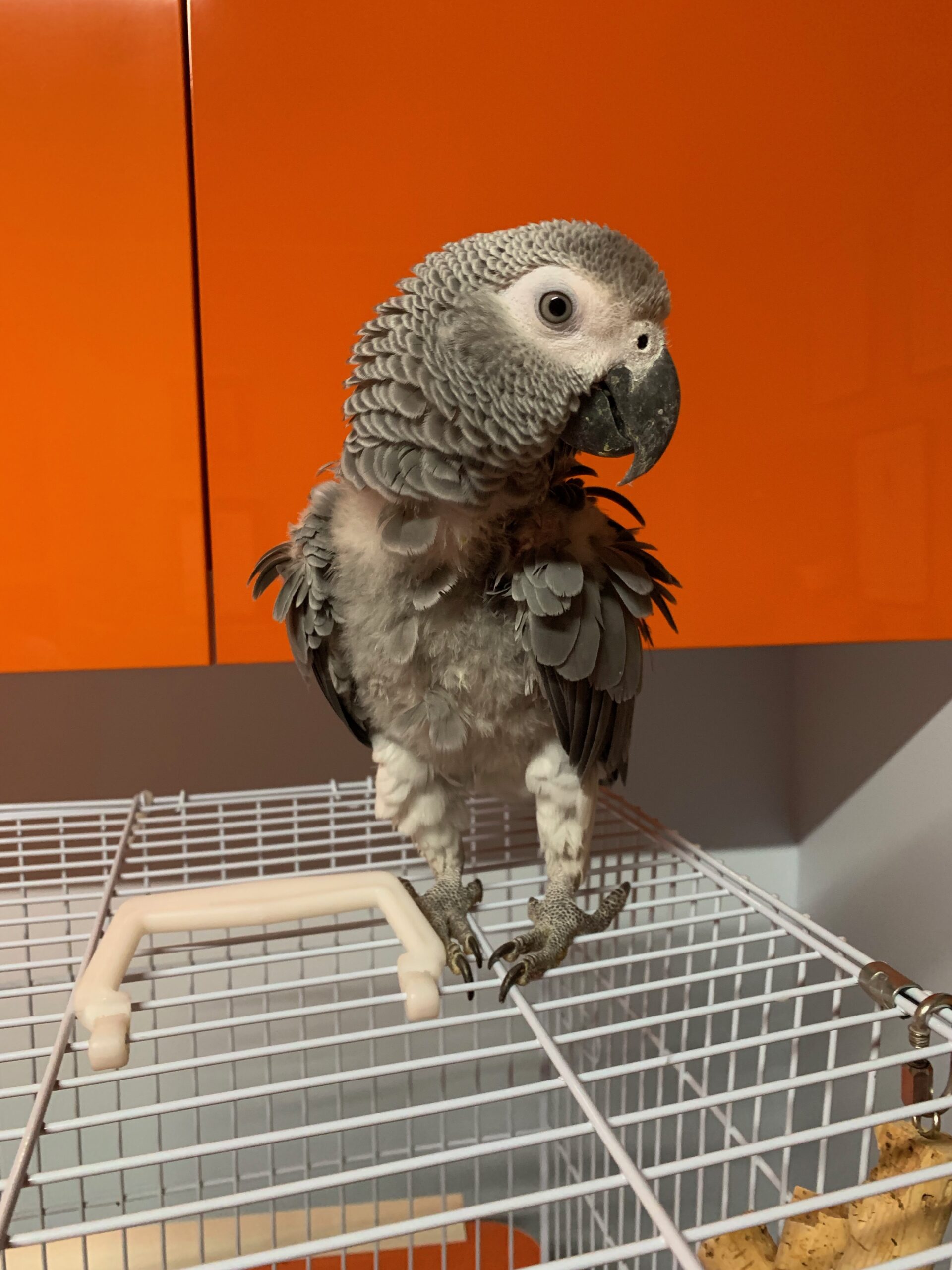
This type of feather destructive behaviour is usually restricted to a bird's outer, more colourful feathers. The good news here is that the feather follicle is not being damaged. The bad news is that a bird may take longer to grow feathers back because the shaft is still in place. The easiest way to tell if this is what you're doing is to look closely at the feathers your bird leaves at the bottom of the cage. If you look at the shaft (think root) of the feather, it doesn't come to a point. Instead it looks like someone has snipped the feather off with a pair of scissors. Birds with this kind of damage can quickly look very dishevelled, with mostly down (the fluffy) feathers showing.
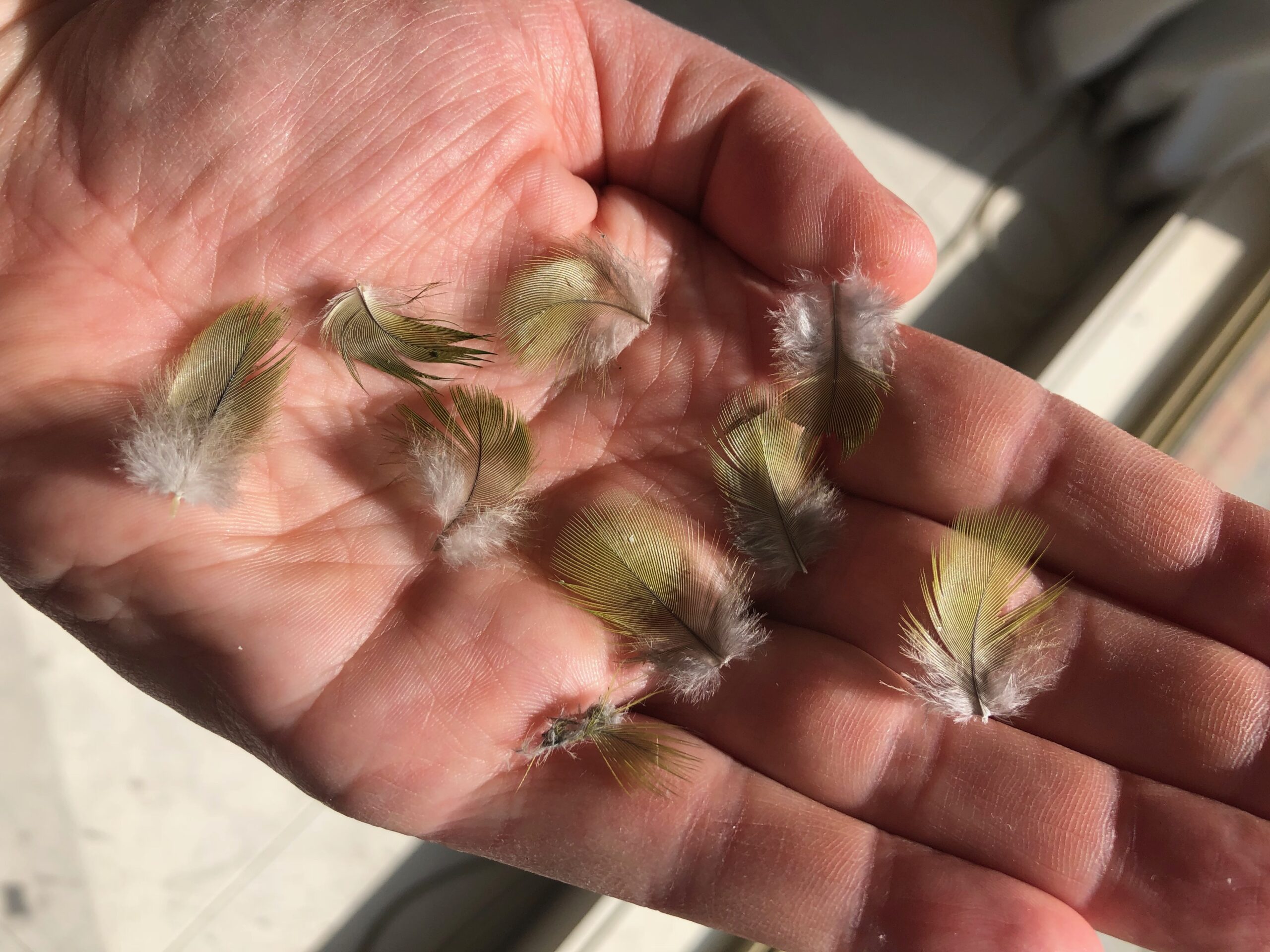
Feather Barbing
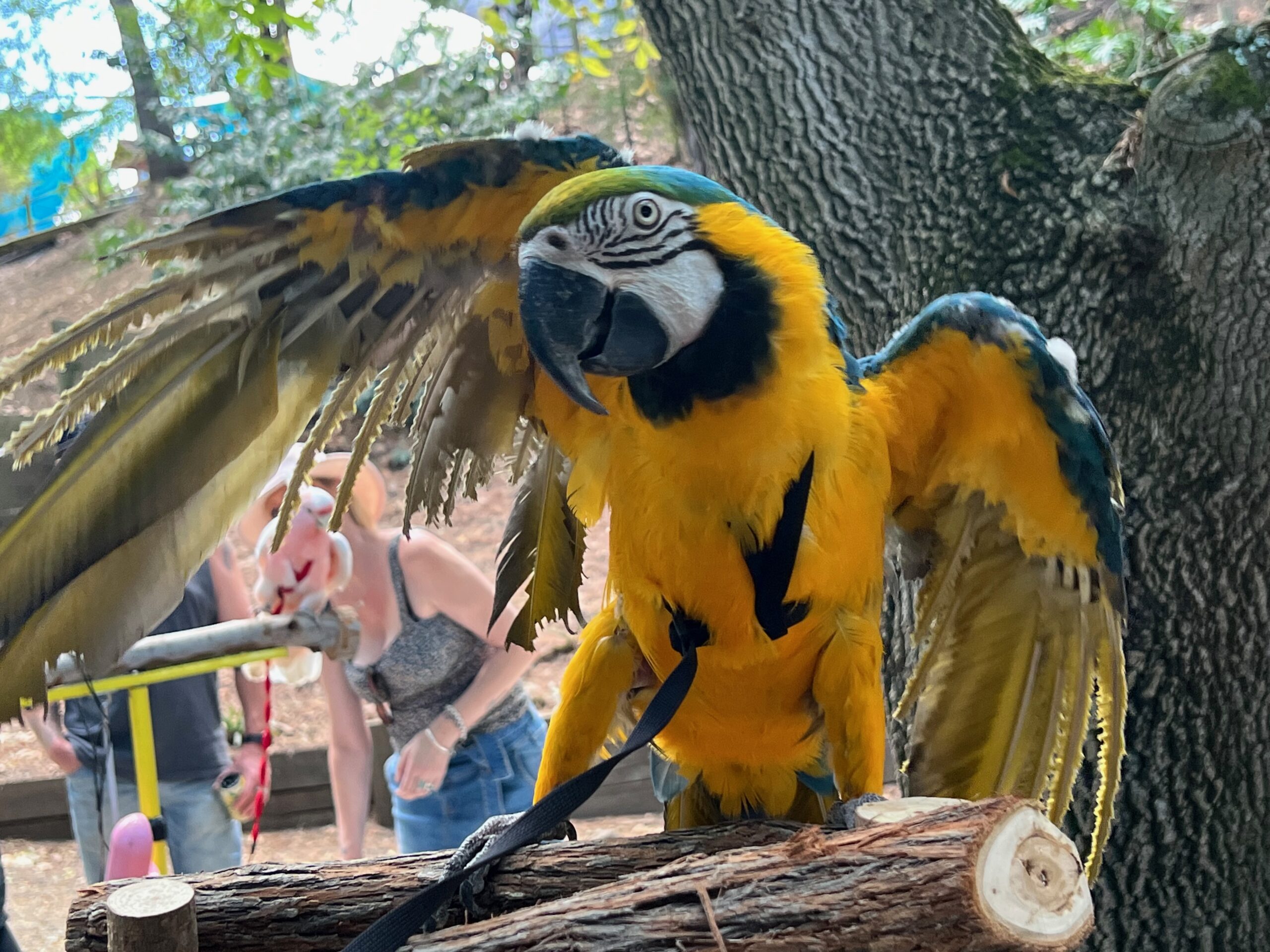
Feather Barbing usually affects flight or tail feathers. This is when the bird damages the barbs of a feather, leaving the shaft intact. Sometimes this is due to rubbing the feathers against something (like cage bars), other times it may appear like the bird has chewed its feathers. The overall strength of these feathers will be impacted, many will snap and break before they moult out. These birds are often flightless.
There are numerous reasons a bird may display this behaviour. The most common that I have seen is due to a bird having its wings clipped while it was young, or badly when it is older. This behaviour is the reason I personally do not condone wing clipping unless there is a medical reason to do so. I have seen too many birds psychologically damaged from clipping to EVER be able to endorse it as a way of controlling your bird. That said, this article is not a wing clipping debate and I do want to acknowledge there are occasionally medical reasons to clip your bird.
Over-preening
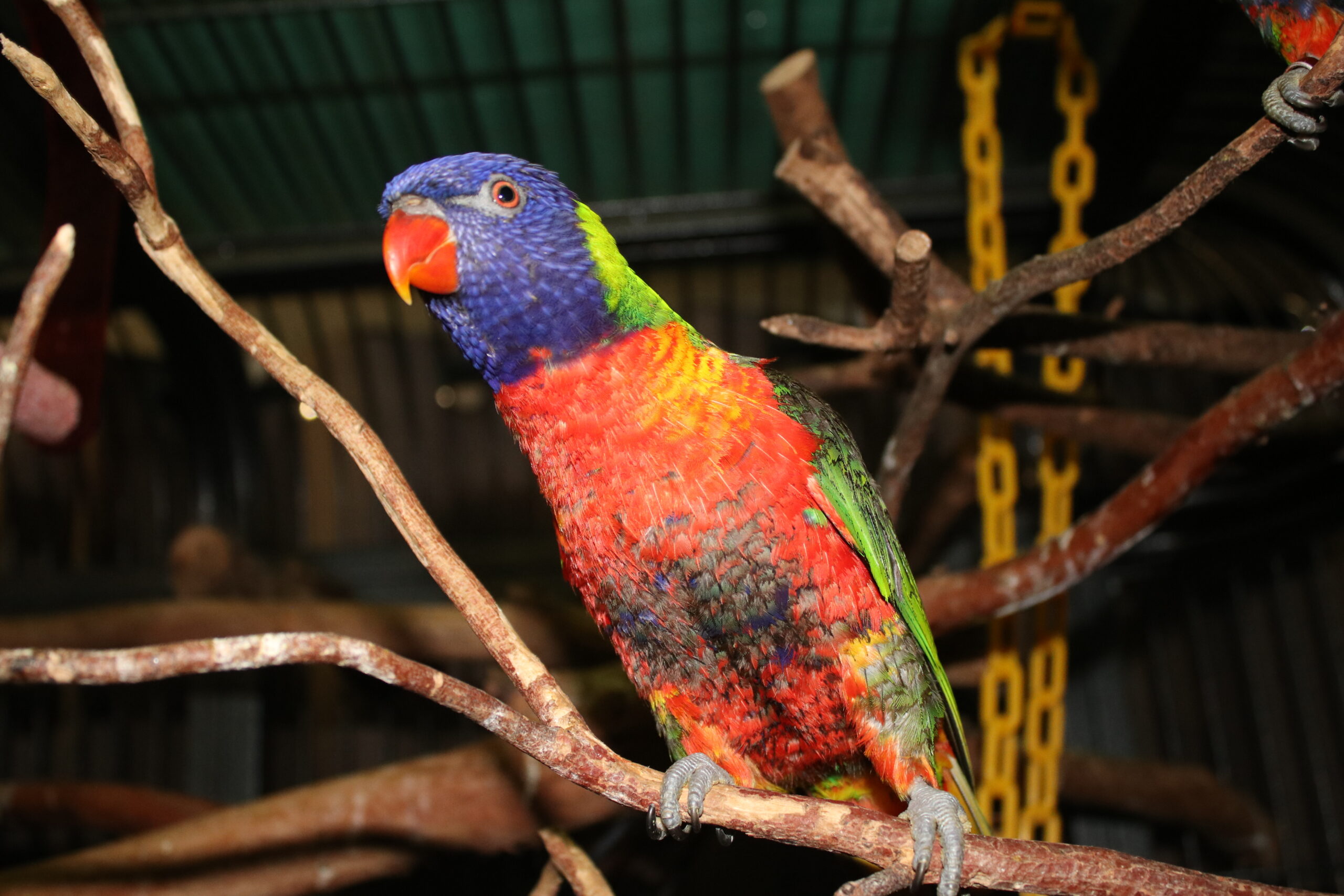
Overpreening is one that a lot of owners easily miss. This happens when the bird damages its feathers during the preening process. Often feathers can appear thin or even lose their colour. They tend to go black or just appear to wear away. Birds such as the lorikeet in the picture above can still appear very colourful but if you look closely you will see that the feathers no longer hold their full shape.The edges of the feather wear away as the bird preens.
Self-mutilating
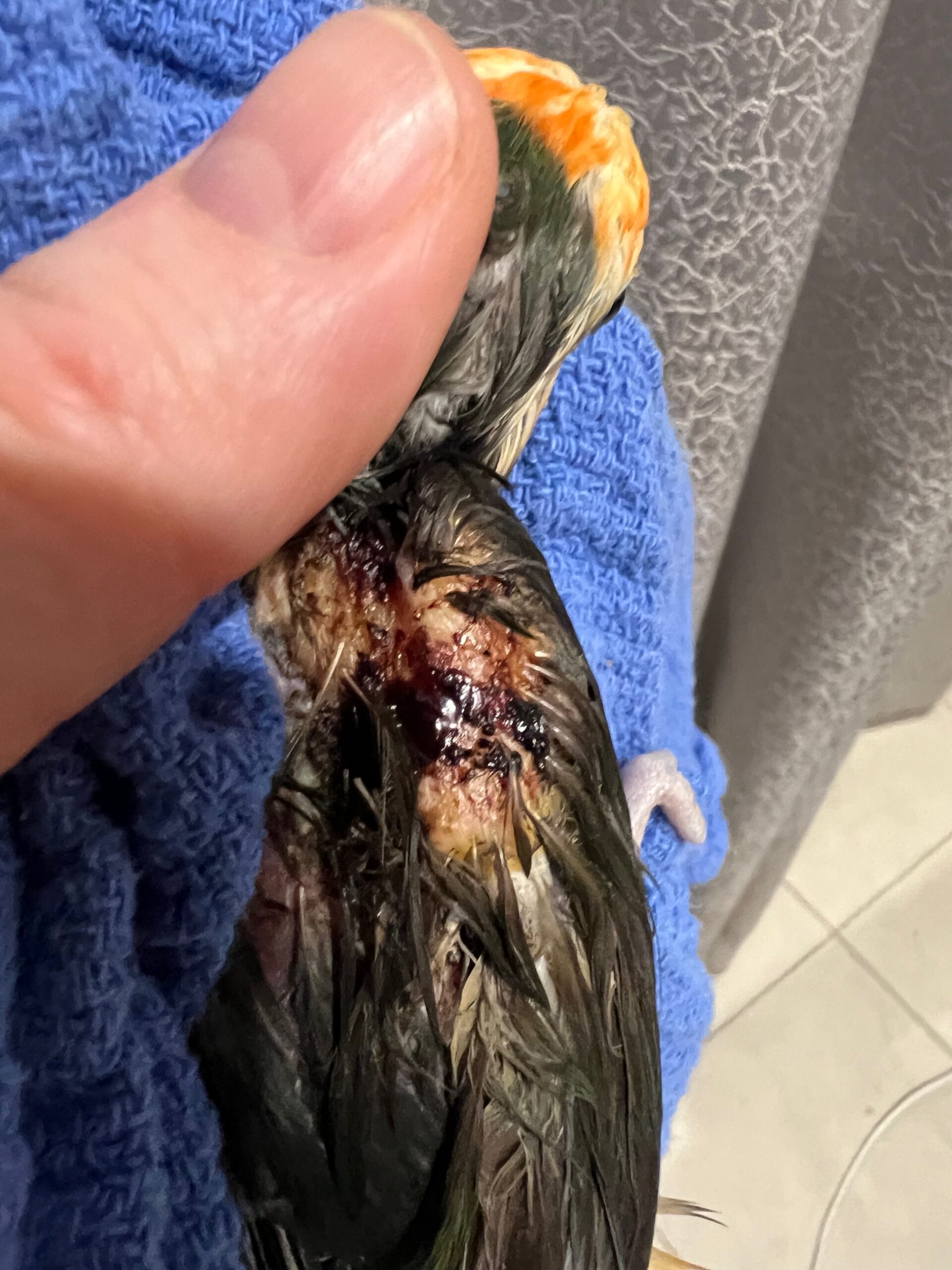
Self-mutilating conditions are incredibly serious. If your bird is damaging its feathers and breaking skin, your bird requires emergency medical intervention. It is important your bird is taken to an avian vet as soon as possible. There is one thing that drives that a bird to this level of destruction and that is PAIN. This is NOT just a psychological condition. There will be a medical reason for your bird doing this and the underlying condition is causing a level of pain that your bird can not cope with. Self-mutilating conditions escalate very quickly and if you don't act fast, the prognosis of your bird surviving is very very poor. Some birds can be cured, if the underlying medical condition is treatable.
There are a range of medical conditions that can cause this level of destruction. The love bird in the picture above had a type of bone cancer that was dissolving the bird's bones causing what must have been excruciating pain. (The bird was euthanised when this was discovered.) Other causes can be more simple and found through a blood test. Examples might include some sort of organ damage, chemical exposure or a hormonal imbalance. Obviously, some conditions are more treatable than others.
Some breeds of birds are more prone to mutilation conditions than others. Unfortunately Quaker Mutilation Syndrome seems to be becoming more common in Australia. This syndrome does not necessarily start with feather destruction. A bird may simply chew its toes until they bleed and it may escalate to the rest of the body from there. If you have a quaker displaying any sort of self-destructive behaviour (no matter how mild) it is important you look into it and allow your veterinarian to run some health check tests.
Other Types Of Feather Destruction
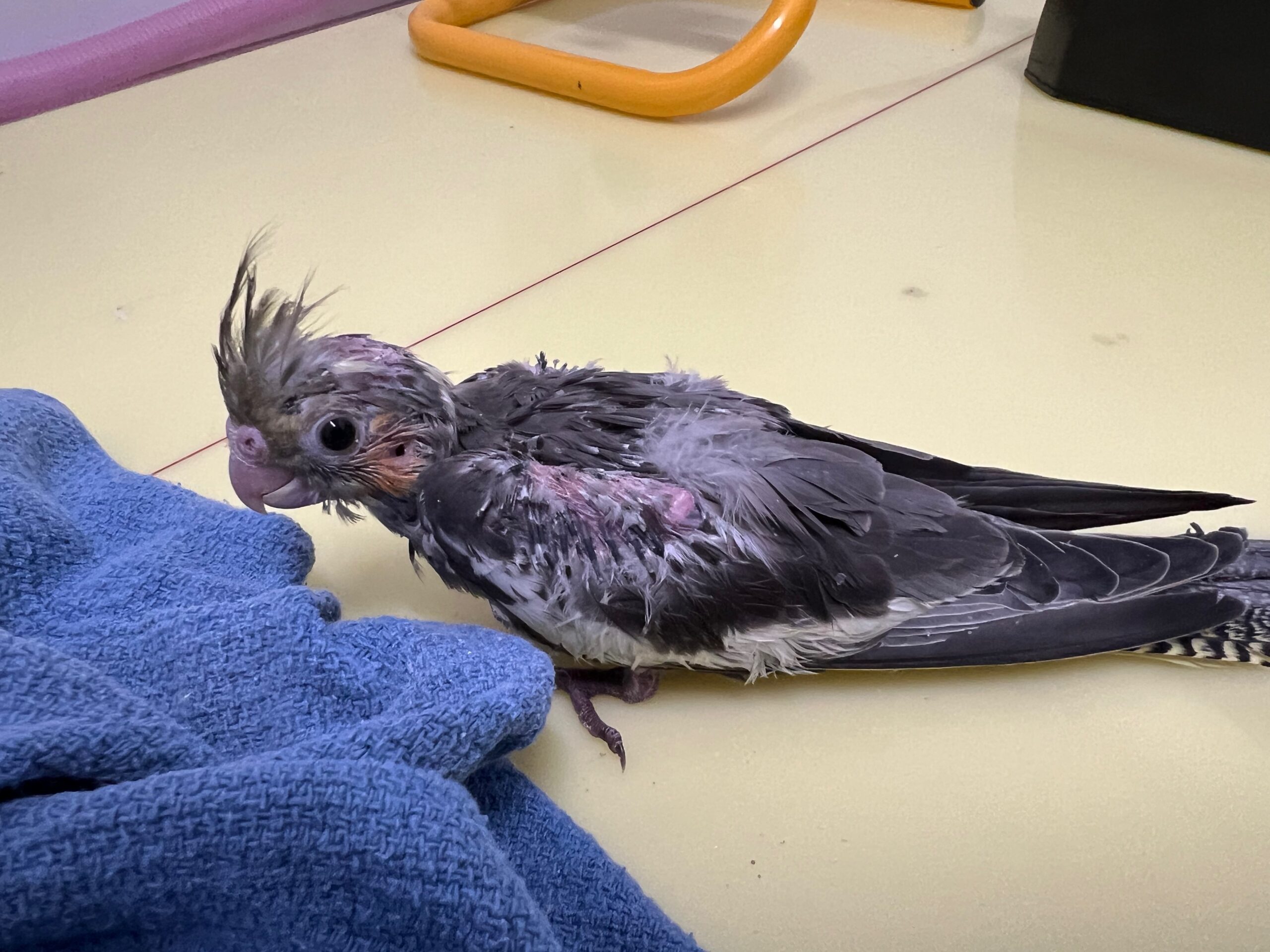
Sometimes feather destruction is not the act of the bird with the symptoms. Sometimes a mate or a parent bird plucks a bird for hormonal reasons. Sometimes birds will pluck to line their nests (sometimes using their babies' feathers to line the nest for the next clutch). A sign that a mate is doing the plucking is the location of where the feathers are missing. A bird can't pluck its own head feathers for example. Damage to shoulder feathers could indicate a male has been rough when climbing on top of a female for sex.
It should also be noted that feather loss and feather abnormalities can be a symptom of diseases such as psittacine beak and feather disease or polyomavirus.
Treating Feather Destructive Behaviour
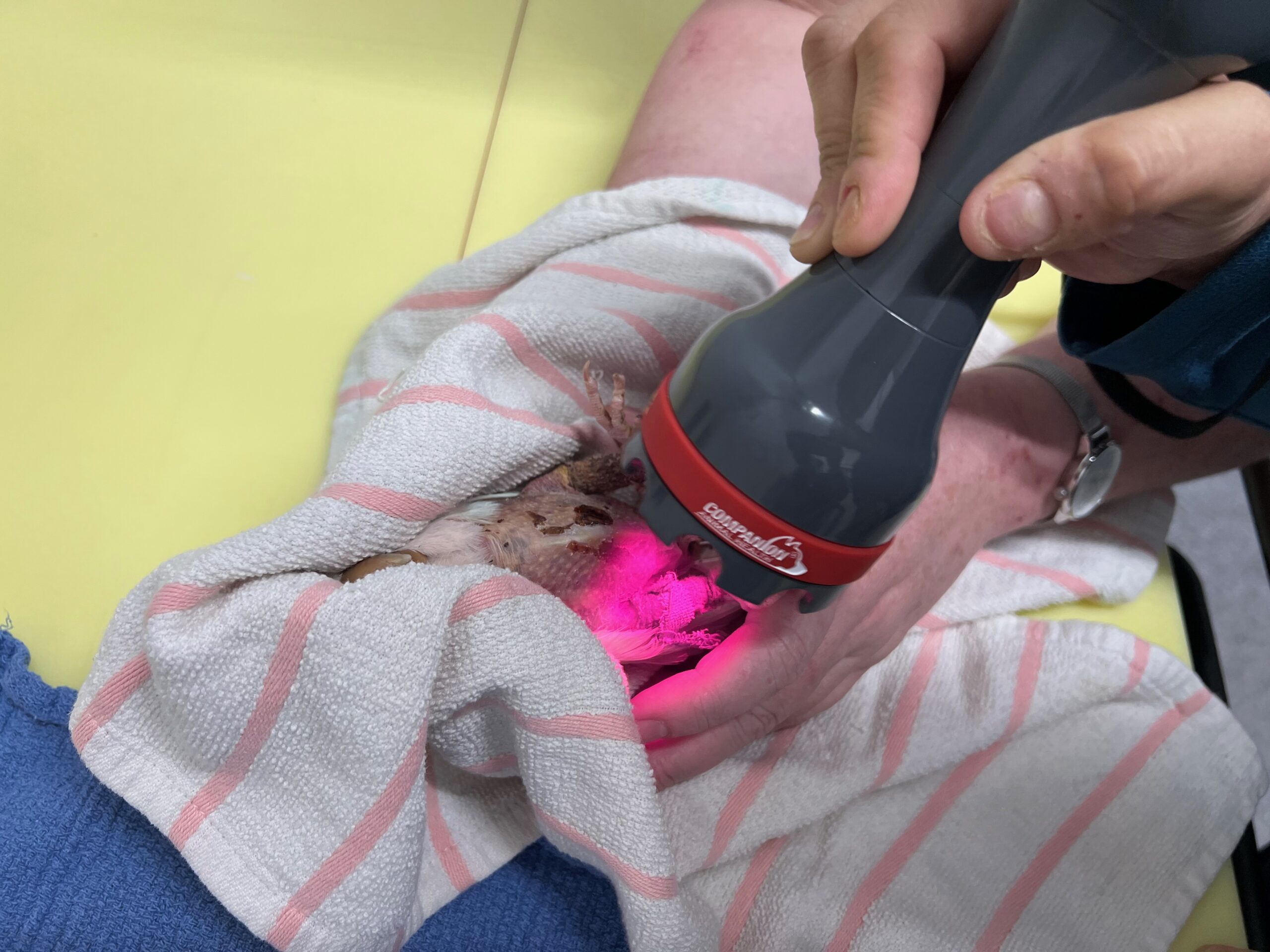
The good news is that feather destructive behaviour IS treatable. This doesn't just mean throw some enrichment at the bird and hope for the best. A comprehensive treatment will require both a qualified avian behaviourist and avian veterinary intervention. Mel sees plucking birds at Bird Vet Melbourne on daily basis. You need both a medical plan of action and a behavioural one.
At Bird Vet Melbourne, laser therapy is also an option. The clinic has qualified photobiomodulation therapy technicians (including Mel) and the clinic has one of the top ranking laser therapy machines available on the planet (not all laser machines are quality). The clinic has seen real success on turning plucking cases around.
Book a vet appointment with an avian vet, or a behavioural consultation with Mel and get your bird assessed now.
